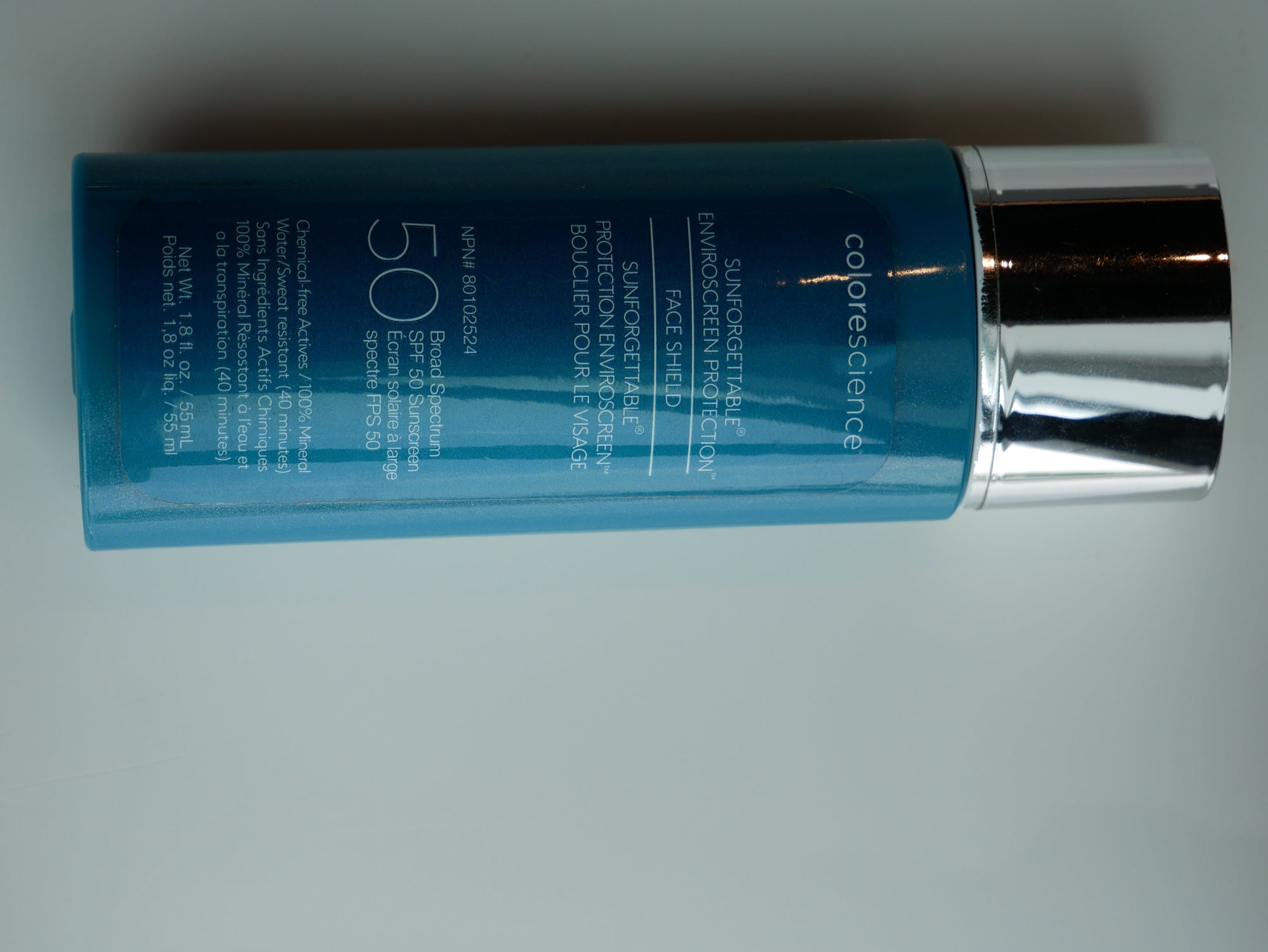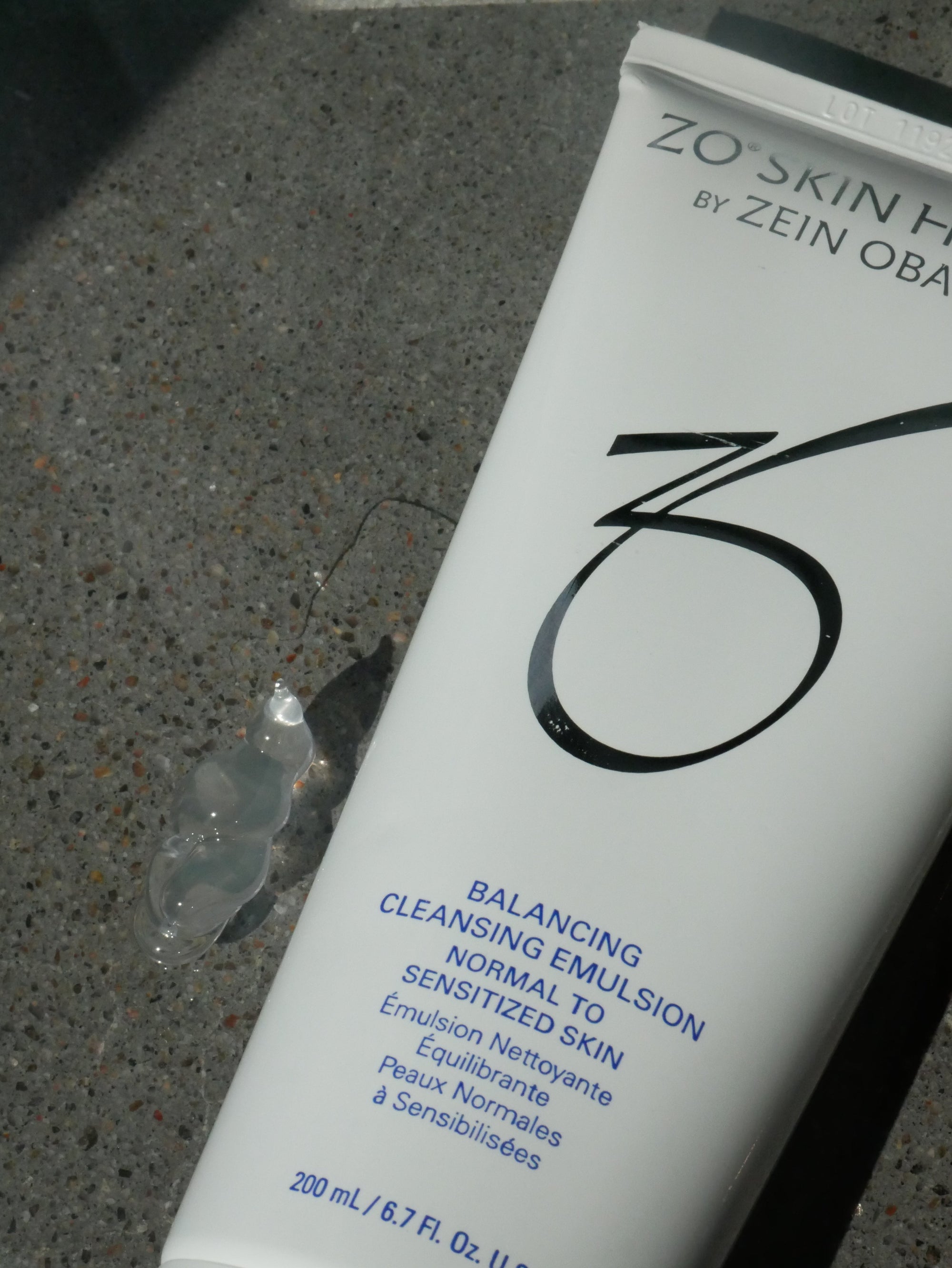Sunscreen is essential for maintaining skin health and preventing sun damage. There are two main types of protection: mineral protection and chemical protection. Each has its advantages and disadvantages.
In this article, we will explore these two types of protections, the most popular ingredients, the meaning of the protection index (SPF), the importance of broad-spectrum protection, and why it is crucial to reapply your sunscreen every day.
1. Mineral vs Chemical Protection
- Mineral protection
Popular Ingredients
The most common mineral sunscreens are titanium dioxide and zinc oxide.
Functioning
These ingredients work by forming a physical barrier that reflects and disperses UV rays (UVA and UVB) before they reach the skin.
Benefits
- Immediately Effective: Protection is active upon application.
- Less Irritating: Often better tolerated by sensitive skin and children.
- Broad Spectrum Protection: Mineral sunscreens generally provide effective coverage against UVA and UVB.
Disadvantages
- Texture: May leave a white film on the skin, although modern formulations have improved this aspect.
- Application: May require a more generous application to ensure adequate protection.
________________________
- Chemical Protection
Popular Ingredients
Chemical sunscreen filters include oxybenzone, avobenzone, octisalate, octocrylene, and homosalate.
Functioning
These ingredients absorb UV rays and transform them into heat, which is then released by the skin.
Benefits
- Light texture
- Variety of Formulations
Disadvantages
- Action Time
Requires an application time (about 20-30 minutes) before the protection becomes effective.
- Potential Irritations
2. Differences According to Time
Over time, mineral and chemical protection can degrade differently:
- Mineral Protection
The physical barrier can wear down due to sweat, friction, or exposure to water, but it tends to be more stable over time.
- Chemical Protection
Chemical filters can break down more easily due to exposure to sunlight, heat, and humidity, which can reduce their effectiveness.
3. Understanding the FPS
- SPF (Sun Protection Factor)
However, it is important to note that the SPF does not measure protection against UVA, which can cause premature skin aging and skin cancers.
4. The Importance of Broad Spectrum Protection
- Broad Spectrum Protection
This means that the product protects against both UVA and UVB rays. UVA rays penetrate deeply into the skin and are responsible for aging, while UVB rays cause sunburn. Broad-spectrum protection is essential for complete protection against skin damage.
5. Why Reapply Sunscreen
It is crucial to reapply sunscreen regularly:
- Sustainability
- Protection Continue
- Solar Rays
UV rays can cause damage at any time of the year, even on cloudy days. They can also reflect off surfaces like water or sand, increasing exposure.
In conclusion, choosing between a mineral or chemical sunscreen depends on your personal preferences, skin type, and lifestyle. Whatever your choice, it is essential to ensure that the product offers broad-spectrum protection and to apply and reapply regularly to maintain healthy skin. Daily sun protection is a crucial step in preventing premature aging and skin cancer.
If you have questions about sun protection or would like personalized recommendations, feel free to consult our team of skin care experts.


